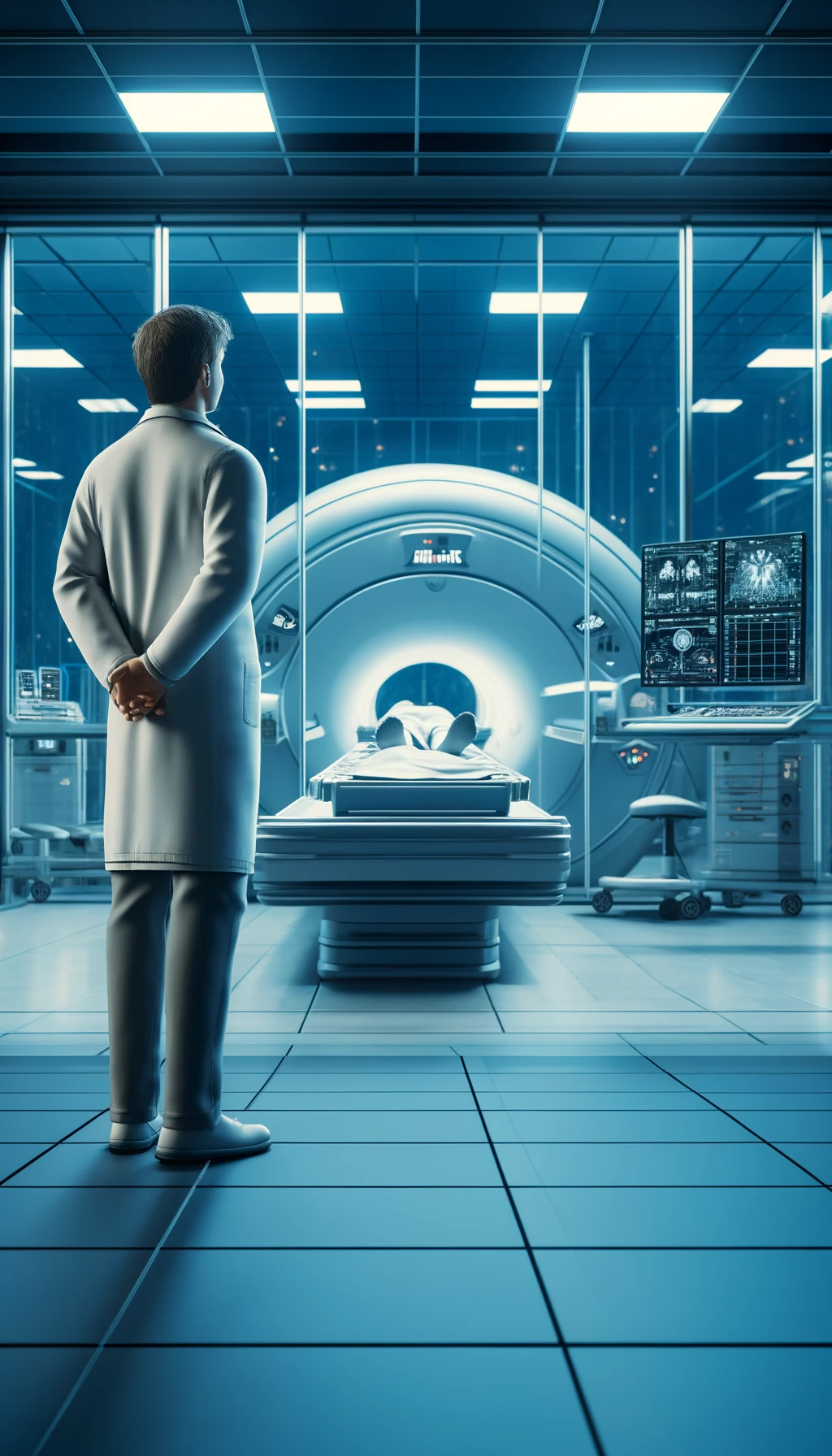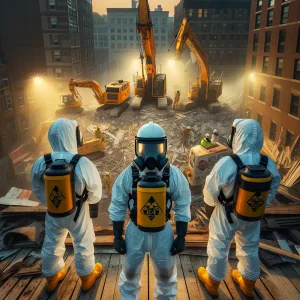Description
Although the Magnetic Resonance Safety Director (MRSD) holds ultimate responsibility for the safety of the MRI facility and faculty, the Magnetic Resonance Safety Officer (MRSO) must enforce the MR safety policies. The MRSO actively reviews the facility’s safety standards and the American College of Radiology (ACR) guidelines to ensure the facility complies with regulations, thereby maintaining a safe environment for both patients and staff.
In the Advanced Magnetic Resonance Safety Expert Course, you will learn:
- Module 1: Introduction and Basic Physics
- Module 2: Biological Effects of the Static Magnetic Field
- Module 3: Translational and Rotational Force
- Module 4: Active Shielding and Passive Shielding
- Module 5: Faraday’s Law of Induction
- Module 6: Time-Varying Magnetic Field and Current Density
- Module 7: Rapidly Changing RF Magnetic Fields
- Module 8: Slowly Changing Gradient Magnetic Fields
- Module 9: System Quench
- Module 10: The MRI Process
- Module 11: Gadolinium Based Contrast (GBCA)
- Module 12: Artifacts
- Module 13: Implant Safety Considerations
- Module 14: American College of Radiology (ACR) Manual on MR Safety
- Module 15: Other Standards
The student will benefit from taking this course because:
- Practice Tests are available to help prepare you for the real exam.
- Flash cards are available for you to download.
- Download your official and verifiable TITAN University certification immediately after scoring 70% or higher, proving your advanced knowledge in the MRSO field
- Take breaks when you need to and take the course at your own pace.
- If you have a question, ask us on the Contact Us page, and we’ll answer it promptly.
What is an MRSO job description?
An MRSO is a Magnetic Resonance Safety Officer. This certification route prepares personnel to oversee safety in their MRI Suite. The MRSO ensures adherence to facility safety and ACR policies. They must ensure that MR faculty and patients understand and follow work instructions, safety procedures, and operating protocols.
What is the MRSO exam pass rate?
There is not a set passing rate for the exam. The exam is based on 100 multiple choice and True/False questions. The questions are provided by an ABMRS question bank. The level of difficulty of the exam will result in the passing rate for the actual exam you are taking. Therefore, the passing rate varies from person to person.
What is an MRSO salary?
It was determined in 2022 by multiple sources that the average salary of an MRSO varied by state. But on a federal level, the average salary of an MRSO was around $55,000 per year.
Will I be able to take an MRSO practice exam?
This is the course to prepare the student to take the exam. Practice exams are also available on our website if you wish to practice taking the exam. They are a mockup of similar questions you would expect to take on the real exam with the ABMRS.
Is this course an MRSO prep course?
Yes. This course will educate and prepare you to take the real exam administered by ABMRS.
Does this course come with study flash cards?
When you sign up for our course, you will also have access to flash cards and other downloadable support materials.
What is the primary purpose of the ABMRS board MRSO exam?
It is the ABMRS’s mission to ensure that our MRIs are operated safely and to prevent injury to medical personnel, patients, or property. This organization is structured entirely autonomous and is not affiliated with any credentialling boards or bodies. As such, certifying MRSOs aid in the overall safety mission of education and awareness of MRI safety in the workforce.
Is there a study guide?
This course will provide you a complete study guide and outline for you to use and prepare for your exam. You can download it and take it with you once you sign up for the course.
What type of metal is safe?
Any metal is deemed “MR Safe” and non-ferrous would be considered safe. The biggest issue with metals and MRIs is if they have a magnetic charge. So, if you have 100% pure titanium, gold, and sterling silver they metals will be deemed safe within the MRI zones. Please note that most medical facilities will still not allow any metals within the MRI zones for safety precautions.
What are the four safety zones?
Zone 1 is the general public area outside of the MRI environment. This could be anyone within the hospital, but not necessarily within the MRI suite of lobby.
Zone 2 is the area that tends to be between the general public area outside of the MRI suite and the control room. These areas is usually the waiting area or lobby within the MRI suite.
Zone 3 is when you begin to cross over to restricted areas. In this area, we’re more likely inside of the control room that is operating the MRI. We are in between the MRI suite lobby and the MRI room.
Zone 4 is the magnet room and the highest zone within the MRI zones. The MRI scan room door is closed and locked and usually only the patient and an authorized MRI personnel is in the room monitoring the scanning operation.









Reviews
Ratings and Reviews